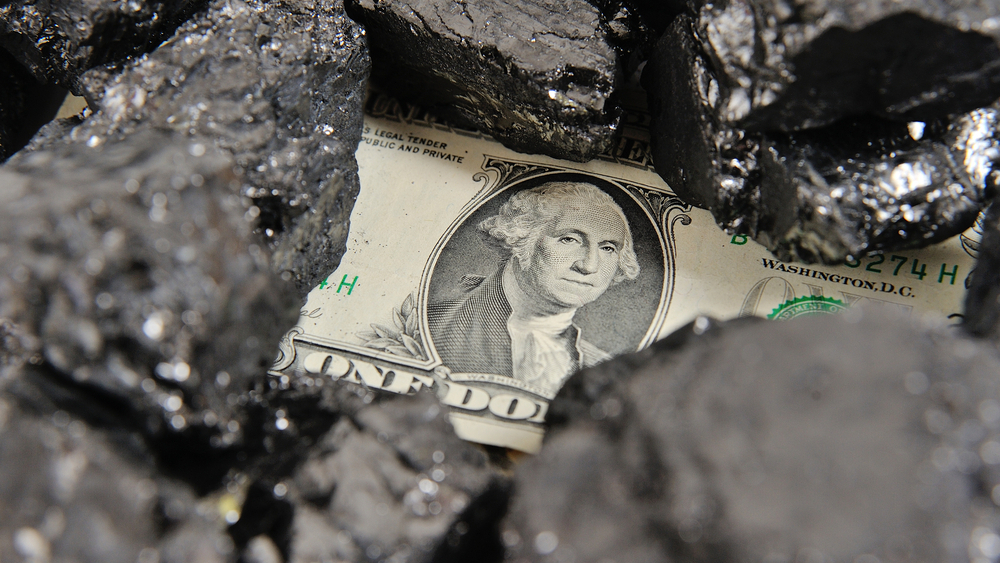
To offset or to not offset?
Carbon offsetting can mitigate carbon emissions from company operations in the short-term. But should it be used to achieve a net-zero future?
The premise of carbon offsetting sees companies mitigating their carbon emissions by creating carbon reduction projects elsewhere in the world. The Energy Intelligence Centre EIC states this can be in the form of forestry and conservation, renewable energy production, and community projects. And the SEC’s Investor Advisory Committee recently commented that offsetting can be positive for energy transition. However, some argue this merely diverts the issue and now has been highlighted within the greenwashing debate. But is carbon offsetting a positive or negative for net zero targets?
The potential for carbon offsets
The International Energy Agency (IEA) states the deployment of carbon capture, utilisation and storage (CCUS) has been slow to take off and there are only around 20 commercial CCUS operations worldwide. A primary selling point in using carbon offsets is that it could mitigate carbon emissions until technologies such as CCUS are readily available. This could be particularly useful in hard-to-abate sectors such as heavy industry and transportation that need innovative clean technologies to decarbonise thoroughly.
“Carbon offsets can help mitigate current carbon emissions in the shorter-term while longer-term solutions are devised,” says Nazmeera Moola, chief sustainability officer at Ninety One. “Longer-term, there are limitations to the role they can play due to constraints on the land space available for such projects.”
Central to investor decision making is a longer-term outlook on a firm’s transitional path. Carbon offsets should, according to Jose María Ortiz, head of impact investment at international advisory and management firm Palladium, mitigate the impact of emissions on a short-term basis before being able to implement clean technologies in the long-term.
“The role of compensation credits/offsets in the meantime is to mitigate the impact of emissions in your value chain while you are getting to net zero,” Ortiz explains. “Offsets should only be used as a core part of this portfolio of activities otherwise the link between offsets and environmental impact becomes distorted.”
This is a view shared by others, who see carbon offsets as only one part of a corporate’s net-zero journey.
Martin Todd, lead portfolio manager of the sustainable global equity strategy at Federated Hermes, is one of these investors who says carbon offsetting should be used to provide breathing room for clean technologies to develop.
“Not all the technology needed to achieve net zero is available today and, although not perfect, carbon offsets can provide a means to support the transition. However, disclosure, regulation, and measuring needs to improve.”
Not all the technology needed to achieve net zero is available today and, in the meantime, although not perfect, carbon offsets can and in time provide a means to support the transition.
A hinderance on the transition
Despite the potential positives in using carbon offsetting, it could theoretically have negative applications. Investors or companies could in theory use carbon offsets to buy their way out of climate action. A company could continue polluting and just spend on offsets to meet climate targets.
“Problems occur when businesses claim they are mitigating their emissions but aren’t actually taking action to reduce their emissions over the long term,” Ortiz states. “This means they aren’t taking steps to prevent greenhouse gases (GHG) from entering the atmosphere in the first place, which is much more important than offsetting emissions.
“You can’t lock the stable door after the horse has bolted.”
Moola agrees with this perception and it is part of her team’s assessment for greenwashing activities. She explains Ninety One supports companies that do not rely on offsets to operate on a day-to-day basis opting for longer-term strategies. “We look for a company’s longer-term transition plan to not rely on offsets,” she says. “Rather the carbon emissions mitigation in the longer term needs to come through either the pivoting of business models or technological change and the requisite capital expenditure rather than offsets.”
Todd hopes breakthrough technologies will mitigate the need for carbon offsetting in the future, “We are optimistic that new technology will come along such as carbon capture that will ultimately sequester that carbon for good.”
“This would be good as it is very difficult to verify and measure what is actually being removed with carbon offsets.”




